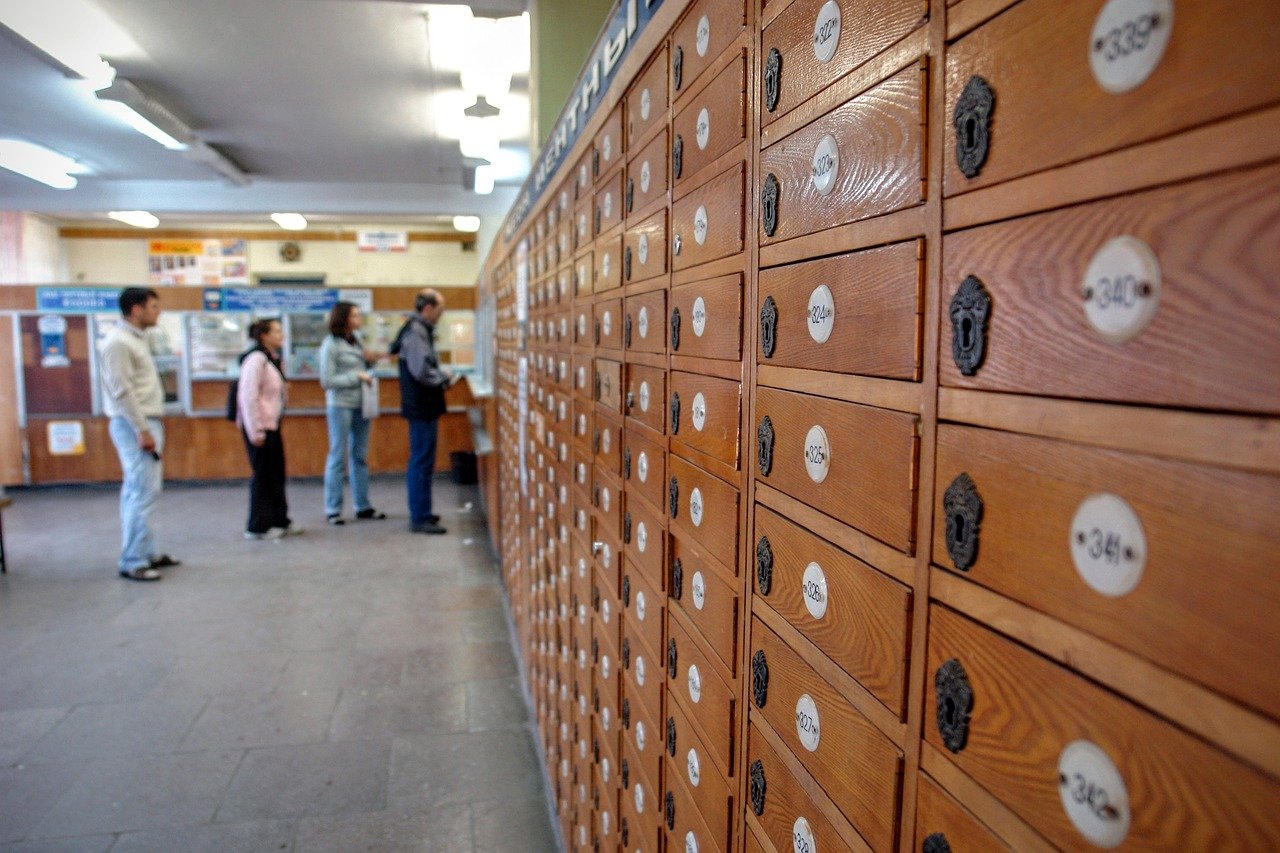
Foreigners living in Japan run the gamut in terms of how long they’ve been living there. No matter how long, however, the inevitable reality for many people is that one day they will leave. As your time in Japan comes to a close, you might find yourself overwhelmed with emotions and memories of your time here. Unfortunately, something much more tedious that might weigh on the mind are admin-related tasks.
One of my least favorites of these is packing up my apartment, especially if my personal belongings’ final destination is abroad. As someone in the throes of this turbulent time myself, I want to give you some advice on safely getting all of your things out of your apartment or home in Japan and on to wherever your next destination may be. I will focus on using Japan Post to do this, but there are many other shipping options that I recommend exploring.
Packing Up
First thing’s first: actually doing the packing. I recommend packing and shipping home seasonal items, particularly clothing. For example, I’m going home in the summer, so I recently shipped home winter coats, sweaters, scarves and socks. Be careful to check the official Japan Post website to ensure that you’re not inadvertently shipping any prohibited items.
To maximize space when packing, consider buying vacuum-sealing bags. You can find these at any 100-yen store, and as long as you have a vacuum or some arm strength, they’re easy to use! Place the bag in whatever container you will use to ship everything, then fill it with your clothing, zip it shut, and follow the instructions to remove as much air as possible. Depending on the style of bag, it might recommend a vacuum to help remove as much air as possible. Others will simply instruct you to seal it shut almost completely, then squeeze out excess air manually. Either style should give you a considerable amount of extra space to fill with whatever else you need to send home.
As for where to get the aforementioned containers, you have a couple of options. The easiest is probably asking at your local grocery store if they have any to spare. Some stores, like the Nagasaki-Saga grocery chain Ellena, have collapsed cardboard boxes at the front of the store. These are offered to customers to use for transporting groceries, but I’ve grabbed one on my way out after buying just a couple of small things and never had an issue.
If you’ve exhausted all efforts to find free boxes and found none, you can always buy boxes at the post office, or online. Japan Post offices will also have packing materials available for purchase if necessary. Ask for konpoushizai (梱包資材). Personally, I recommend wrapping fragile objects in clothing for protection instead.
When choosing a box, check that there aren’t pictures of fresh fruit, vegetables or meat, as these can cause trouble at customs. Every country has its own rules about items that are allowed or prohibited, but boxes with images of fresh food can raise suspicion about the presence of prohibited items, and either delay its delivery or perhaps even hinder its delivery altogether.
Lastly, make note of what you’ve packed in each box. Japan Post will ask you to list the package’s contents in detail. I’ve forgotten to do this before, and when it came time to ship things, it took much longer to remember and write things down.
Remember that not everything has to be shipped, however. In fact, I encourage you to research prices for adding an extra checked suitcase to your flight, because in some cases it’s cheaper to add an extra suitcase than to ship the items. This is especially true if you need to access these belongings as soon as you arrive at your final destination, as the faster shipping methods available can really rack up in price.

Japan Post mailing services
Speaking of shipping methods, there are a couple of reputable ways to ship packages internationally from Japan, the most widely available being the national postal service: Japan Post. The best thing about Japan Post is that you can find a branch within walking distance of most places. They offer a few shipping methods, including:
- EMS (Express Mail Service): Fast and reliable with tracking and insurance.
- SAL (Surface Air Lifted): More affordable, slower than EMS but faster than surface mail.
- Surface Mail: The most economical option, ideal for non-urgent shipments.
Surface mail is the cheapest, but also takes the longest (1-3 months) as it’s by ship. A medium-sized box of 11kg cost me 9,500 yen to ship from Japan to the United States. I recommend looking into all three methods on their official website so you can decide for yourself which one suits your needs best.
Also, make sure to double check that the method you would like to use is available for wherever your package will be sent. When the pandemic began, Japan Post limited some of their services and haven’t reinstated them since.
If your package is easy enough to carry to the post office, take it whenever it’s ready to go. At the post office, you will be asked to complete some customs forms to send with your shipment. These forms used to be completed by hand, but are now done online. To save yourself the hassle of having to wait to talk to an employee multiple times, you can find the form at the official International Mail My.
The application portal is in Japanese, but fortunately, there’s a handy English guide online that walks you through the process. Just remember that you will need to provide a list of what you’re sending on the customs forms, along with the item’s approximate weight (you can just take an educated guess). Once you’ve finished, you will receive a printing code to present at the counter where they will print it for you. The postal worker will guide you through the rest of the process until your package is safely on the way to its destination.
Requesting Pick-Up Service
If your package is inconveniently heavy to carry all the way to the post office, Japan Post offers a free pickup service, called shuuka saabisu (集荷サービス). You can apply through their online form for your package to be picked up from your apartment or home during a specific time frame. If you reserve early enough, you can even snag a same-day pickup slot. When you apply, you also have the options to specify if you’ll need packing materials.
Please note that this pick-up service application does NOT include the customs forms you’ll need to send a package internationally. For this, fill out the forms mentioned previously and ask your nearest post office to print it for you. Don’t forget, otherwise they won’t be able to take your package!
When the postal worker comes to pick up your package, they’ll have a couple more forms for you to sign and fill out (nothing complicated, just checking some boxes). Give them the customs forms you received at the post office, and they can figure out the rest. They even bring a scale to weigh your things! It’s a good idea to have your wallet, a pair of scissors, your customs documents, and – of course – your package by the door for when your pickup time arrives.
Now, all that’s left to do is wait! Depending on which service you’ve paid for, you may be provided with a tracking number.
Alternative methods
If for whatever reason this method of shipping items doesn’t work for your set of circumstances, there are other companies with which you may have better luck. Another popular and reliable postal service is called Yamato Kuroneko. Their brick-and-mortar locations aren’t as numerous as Japan Post, but they’re easy to get in touch with over the phone and offer many of the same services.
In case you need to move a household’s worth of goods that simply won’t fit into a box (for example couches, chairs, other furniture, etc.), look into moving companies that offer overseas services. Coincidentally, Yamato Kuroneko offers this kind of service, too.
No matter how you manage to move your belongings with you, navigating the process of shipping packages internationally from Japan can seem daunting. Once you understand the process of preparing and sending a package, however, it becomes manageable and straightforward. By understanding the different shipping options available, preparing your packages carefully, and utilizing the resources provided by your shipping company of choice, you can ensure that your belongings reach their destination safely and efficiently. Whether you’re sending a few personal items or managing a larger move, these steps will help you avoid common pitfalls and streamline the process. Remember, a bit of preparation goes a long way in making this part of your move stress-free. Safe travels and happy shipping!

















